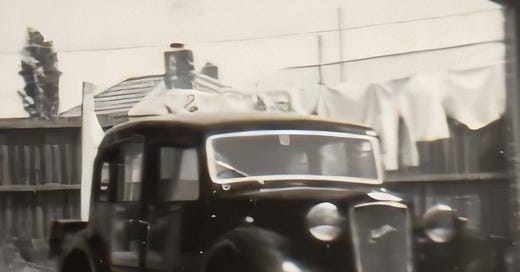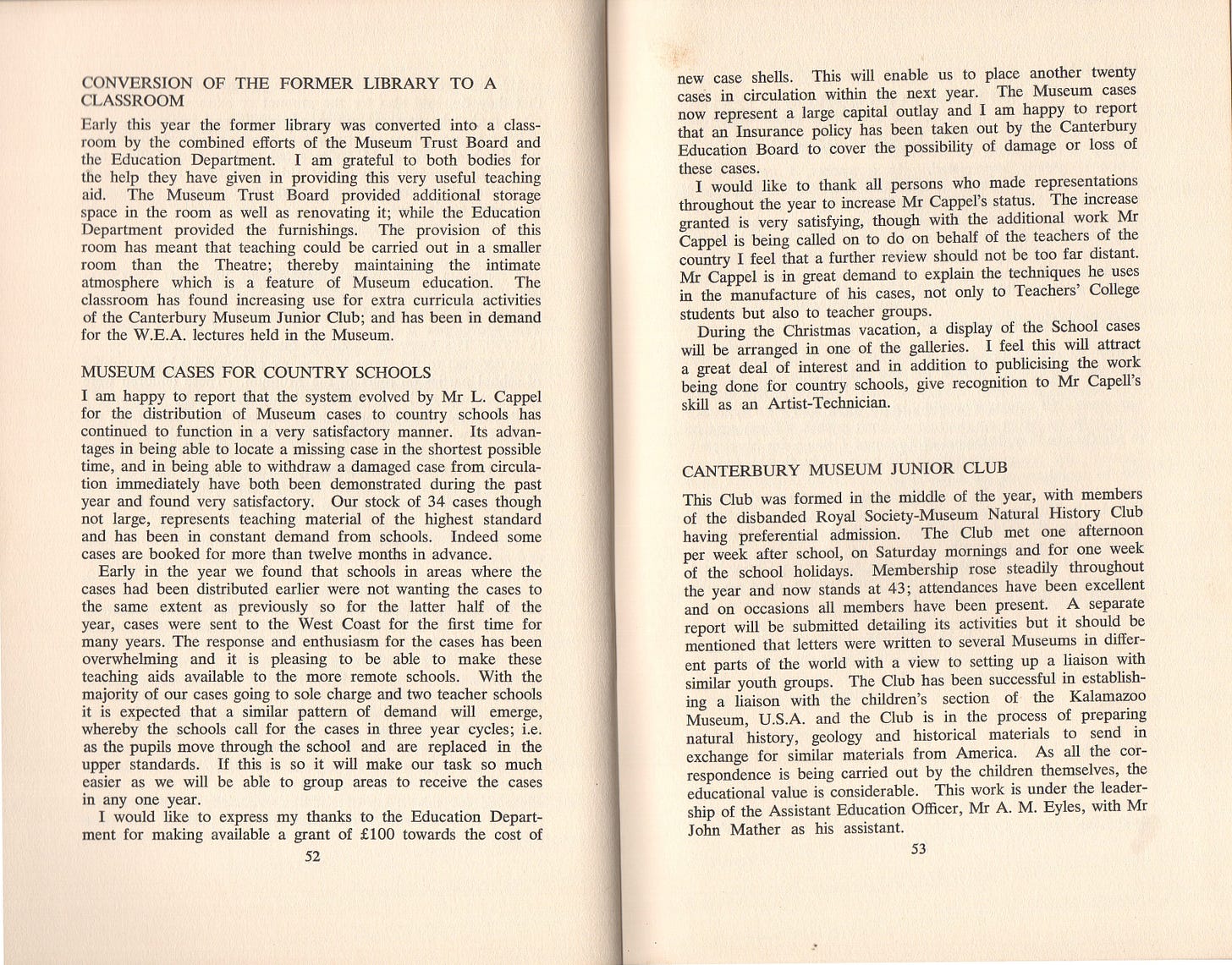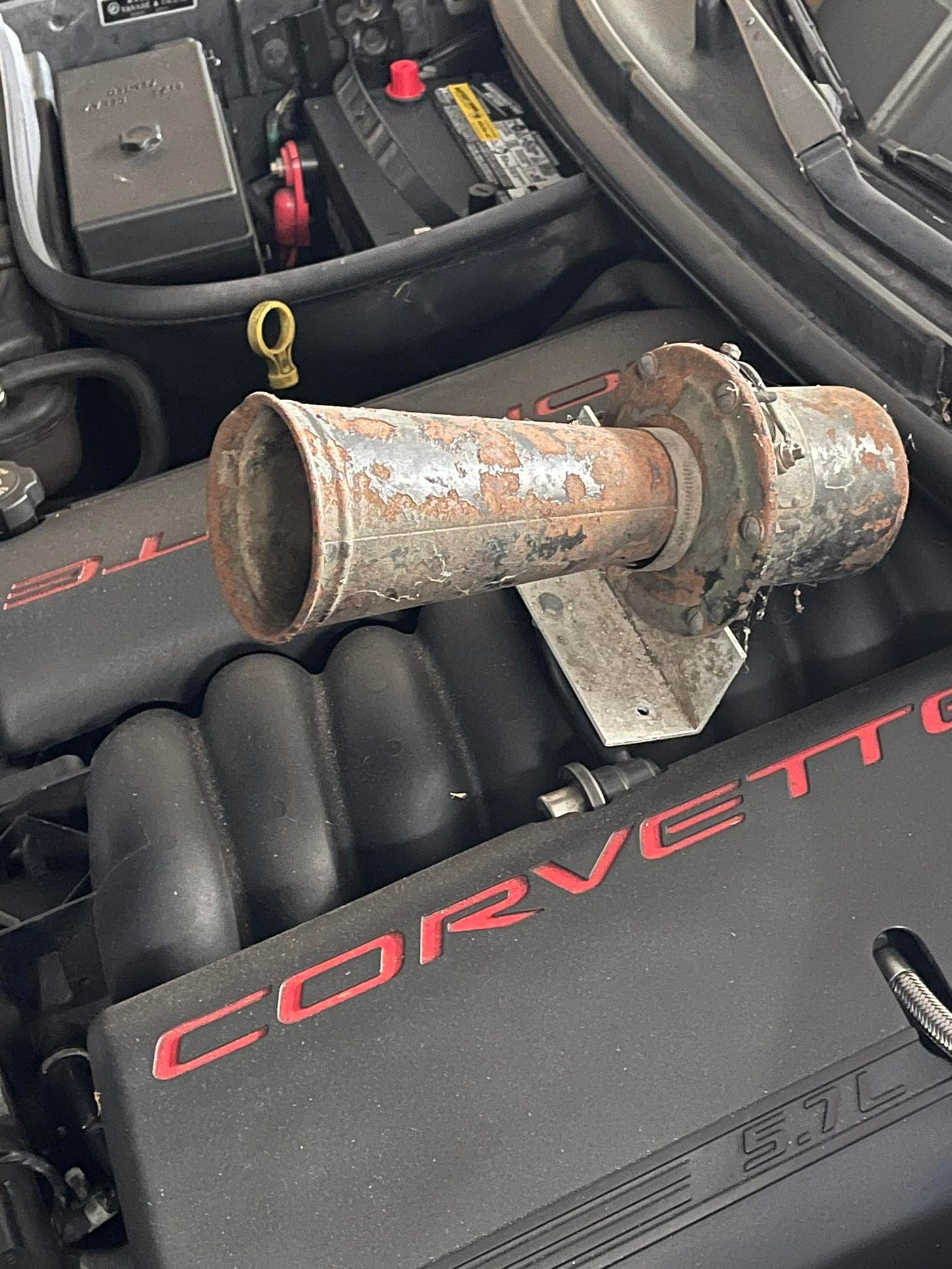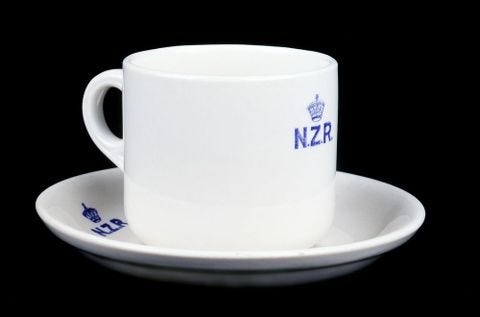I saw a social media post the other day, asking “What did you think only rich people owned when you were a kid?” For me, it was a TV. I don’t think it was ever something my parents cared about, and it would still be a few years before they owned one. I remember them saying that inspectors visited houses if you hadn’t paid the broadcast license fee. They said that if they found a TV, you would have to pay unless the plug had been cut from the wires. I think we got our first DTR rental TV around 1969.
When we lived in Burwood, I was sometimes allowed to go to a friend’s house and watch Felix the Cat on TV at 5 past 5. I think it was the first TV program of the day. Then I had to rush home for dinner at 6.
What did you think only rich people had when you were a kid?
In my last post, I shared that my parents only ever owned one house in their lives. I think we lived in it for a year. That was on Burwood Rd in Christchurch. My mother doesn’t remember the number. It was a long time ago. My father was doing really well at Canterbury Museum in Christchurch, in particular developing small dioramas and exhibits that traveled around Southland country schools.
There are pictures somewhere, but I haven’t located them yet, of dioramas in cases with carry handles that he used to make. The success of that project, and the dioramas he made, resulted in him being offered an amazing role at Auckland War Memorial and Museum, so no more than a year after moving into our spanking brand new home, the deposit paid for with an advanced lump sum from the family benefit, we packed up the Austin 10, which was already an old car, and set off for a road trip to Auckland.
Like all of my father’s vehicles to date, this car was a bomb. I’m not sure what he traded for it, but that was the common way he got a vehicle. The first one he got was a 1923 Dodge pickup. I haven’t found a picture of that either, but this is what a restored one looks like. His wasn’t restored. It was almost 40 years old and he got it in return for a carton of cigarettes. It used to rattle and fart. I would know when my father was driving home from work because you could hear it backfiring as he made his way home along Union Street.
It had wooden spokes like this one and a claxon that went “AAAOOGA”. I still have the claxon and back in the days when there was still room under the bonnet of my first cars, I used to install it in them. The last time was in my Holden Kingswood.
There’s no room for it in my Corvette. It would have been really cool if I could have made it fit.
Anyway, we hit the road on State Highway 1 from Christchurch to Picton, and my father was King of the Road in his Austin 10.
My mother joined him in the front while my little brother and I were crowded into the back, surrounded by things that couldn’t fit in the boot. It was a slow drive, but a great adventure. She (Cars are always she, right? Don’t flame me!) broke down a few times, overheated, and was backfiring quite often. Hmmmm.
Still, we made it to the Aramoana ferry, which was only a couple of years old. Without it, we wouldn’t have been able to take the trip by car. This isn’t my video, but it is from that era.
The ferry was able to carry trains and carriages as well as cars. We got on safely and went up the stairs to the passenger decks, as the wheels of the car were strapped to the floor of the car deck. Traversing Cook Straight was often a wild and rough trip, and still can be. Even just a couple of weeks ago, sailings were canceled for several days because of stormy weather.
Arriving in Wellington, we quickly got on our way to continue the journey to Auckland. The car continued to backfire, and the engine was running rough only about 20 minutes north of Wellington. We still had 400 miles to go. We stopped and my father topped up the radiator, letting the car cool down for a while and we were off again. This wasn’t an uncommon experience for us and there was always a bottle of water in the car, just in case.
It seemed to take hours to go about 30 miles to the town of Paraparam, as it was known in those days shortened from Paraparaumu. Eventually, just as we were arriving into the town she gave one final BANG and went no more. There was smoke and steam and there we were. My father pushed the clutch pedal in, and we coasted to the side of the highway.
My father left us with the car and walked into town looking for someone who could help us. He managed to find a mechanic at a service station. I think all gas stations in those days had resident mechanics. He took a brief look under the bonnet, shook his head, and said that unless we had a lot of money (which we didn’t) that was going to be her last drive. There was water in the oil, and he said that the head was probably cracked. His recommendation was to sell it to a wrecker for parts and to continue by train.
Of course, he knew the local wrecker, who was happy to oblige and I think my father had known the writing was on the wall for a long time. He accepted an offer and the wrecker helped the four of us and our belongings make our way to the train station.
When we got to the station, it was closed. The steam train to Auckland was a night train and wouldn’t arrive at Paraparam until early evening. What to do? Of course, the wrecker knew the stationmaster and got him on the blower. In a small town like that, everyone knew everyone.
Next thing you know, our suitcases were locked up in the station office, and we were transported to the stationmaster’s home, where his wife made us some lunch and let me play with her kids’ toys. Being a weekday, they were at school. I clearly remember they had boxing gloves which I enjoyed putting on and pretending to fight. That’s pretty much the last thing I remember of that trip, other than that she also made us some sandwiches and baking to eat on the train.
I don’t remember the trip. It took around 12 hours and stopped in Taumaranui at around midnight. Every night, the station cafeteria would open up and there would be a mad dash from the train, to get in line to buy a meat pie and a cup of tea in a railway cup, which you were allowed to take back on board the train. It would somehow magically make its way back to Taumarani.
Every night there was a train going each way between Wellington and Auckland. The trip on the main trunk line was almost a right of passage. The midnight stop at Taumaranui Station was something fondly remembered by Kiwis. The song in the video above, performed by Phil Garland, can probably still be heard in folk clubs around New Zealand.
There's this sheila in Refreshments And she's pouring cups of tea And me heart jumps like a rabbit When she pours a cup for me
New Zealand Railways was a huge customer for Auckland’s Crown Lynn Pottery, a factory in New Lynn that made somewhere between 10 and 20 million railway cups over the years. I guess there must have been some cups and saucers that the Taumaranui Station didn’t get back!
When we arrived in Auckland, our house in Titirangi, which the museum had arranged to rent for us, wasn’t ready for us. So our first Auckland home for about 3 months was going to be in Birkenhead on the North Shore. That would be my 6th house, and I was only seven!









My mother enjoyed reading this finding she could relate to moving to another city and discovering the promised house was gone to someone else. She read slowly and patiently with a few resets due to touch screen sensitivity....but she read from a hand held screen, and therein lies some beauty.
I was the youngest of seven my parents didn't own a car till I was about ten ( 1964 ) and didn't own a TV till after they retired so rich people had both. A good read as usual